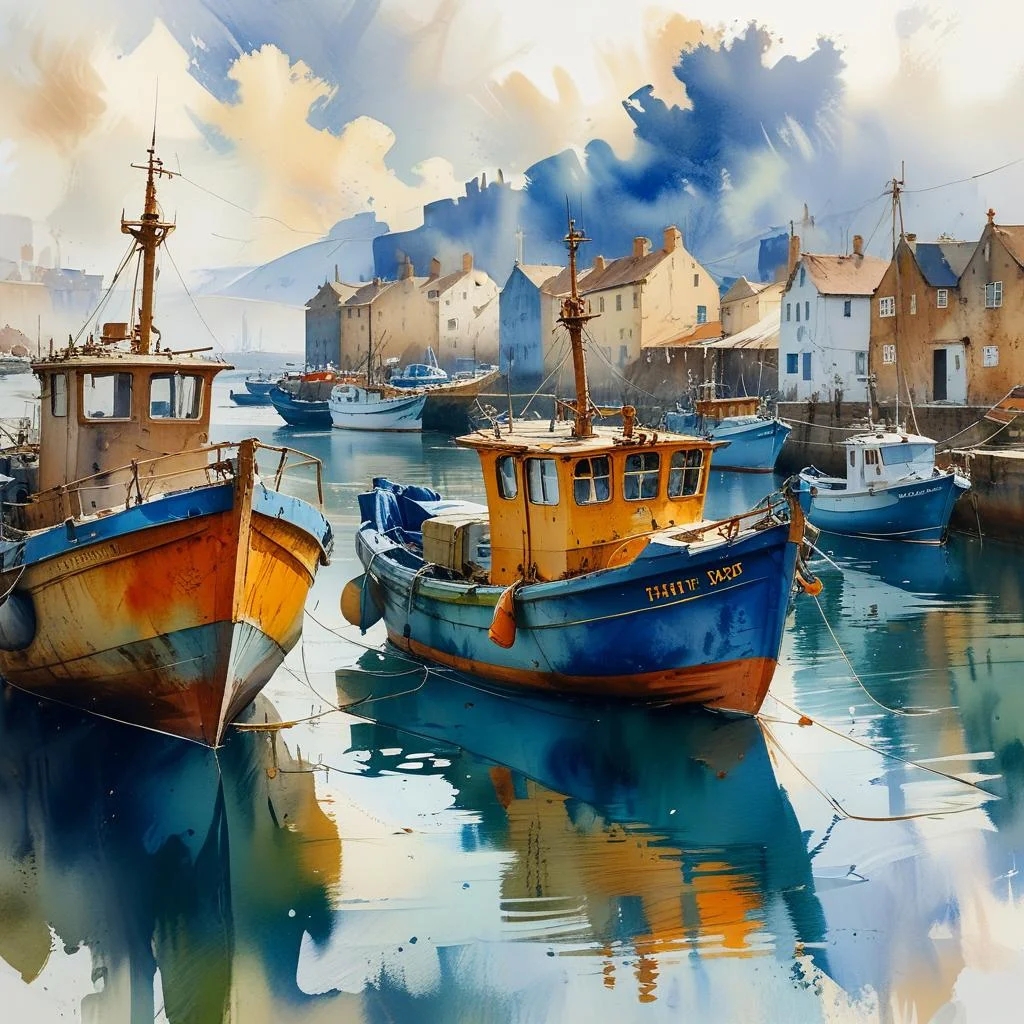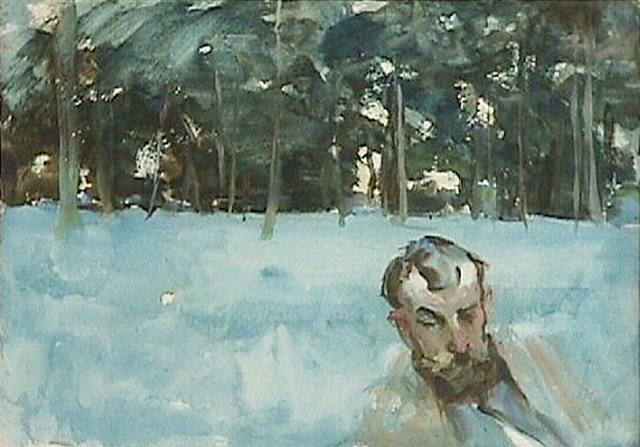When you hear “Degas,” chances are the first thing that pops into your head is a graceful ballet dancer, captured mid-twirl or stretching at the barre. And it’s true, his ballet paintings are iconic! But to truly understand Edgar Degas, we need to look beyond the tutus and toe shoes. Degas was a master at observing the world around him and showing it in a fresh, often surprising way. He wasn’t just painting pretty pictures; he was exploring movement, light, and how people interact with their surroundings.
Capturing Life’s Candid Moments

Unlike many artists of his time who posed their subjects perfectly, Degas loved to catch people in unguarded, everyday moments. Think of it like taking a secret photo when no one is looking. He’d show dancers stretching, yawning, or even adjusting their costumes, revealing the hard work and discipline behind the glamour of the stage. This was pretty revolutionary back then! He wanted to show “real life,” not just idealized beauty. This approach can be seen as a form of realism, even if his brushstrokes had that Impressionistic feel.
The Influence of Photography
It might seem strange, but photography, which was a new invention back then, had a big impact on Degas. He was fascinated by how a camera could freeze a moment in time, sometimes cutting off figures at the edges of the frame or showing them from unusual angles. You’ll see this influence in many of his compositions, where a dancer might be partially out of view or the scene is viewed from above, as if he’s peeking in. This made his paintings feel incredibly dynamic and modern, like you’re right there in the room with the subjects. It’s almost like he was doing “photo-realism” before it was even a thing!
Beyond the Ballet: A Deeper Look
While the ballet was a major theme, Degas also explored other parts of Parisian life. He painted women ironing, working in laundries, or simply sitting in cafes. These scenes might not be as “glamorous” as the ballet, but they show his deep interest in human activity and the quiet dignity of ordinary people. He wasn’t afraid to show the less glamorous side of life, which made his art relatable and honest. He also painted many portraits, capturing the unique personalities of his friends and family.
Degas’ Artistic Style: A Blend of Old and New

Degas’ art is often grouped with Impressionism, a movement known for its bright colors and visible brushstrokes that tried to capture the feeling of light and atmosphere. While he definitely shared some common ground with artists like Claude Monet and Pierre-Auguste Renoir – especially in his use of color and his interest in light – Degas called himself a “Realist” or an “Independent.” He liked to draw and plan his compositions carefully, which was different from how many Impressionists worked directly on the canvas without much pre-planning.
The Power of Line and Drawing
For Degas, drawing was super important. He believed that strong lines and clear outlines were the foundation of good art. Even in his pastel drawings, where colors blend softly, you can still feel the strong underlying structure of his lines. This focus on drawing is a bit like the old masters he admired, such as Ingres, who were all about perfect drawing. This combination of classical drawing skills with a modern approach to color and subject matter is what makes Degas truly special.
Exploring Different Mediums
Degas wasn’t just a painter; he was an artistic explorer! He experimented with all sorts of materials, from oil paints and pastels to sculpture. He loved pastels because they allowed him to blend colors beautifully and create soft, hazy effects, especially in his indoor scenes where light often looked gentle and diffused. He even made sculptures of his dancers, trying to capture their movement in 3D. These sculptures, often made of wax and then cast in bronze after his death, give us another way to see how he understood the human form and motion.
| Art Medium | What it’s like in Degas’ work | Why he liked it |
| Oil Paint | Rich colors, detailed scenes, often used for his larger, more formal works. | Allowed for deep colors and lasting detail, traditional medium. |
| Pastel | Soft, velvety textures, vibrant colors, often used for dancers and intimate scenes. | Great for capturing light and quick movements, offered a blend of drawing and painting. |
| Drawing (Charcoal, Pencil) | Strong lines, detailed figures, used for studies and foundational work. | Essential for understanding form and structure, his artistic “backbone.” |
| Sculpture (Wax, Bronze) | Dynamic figures, capturing movement and balance, mostly of dancers and horses. | A way to explore movement in three dimensions, truly understand the mechanics of the body. |
“Art is not what you see, but what you make others see.”
Edgar Degas
This famous quote from Degas perfectly sums up his approach. He wasn’t just showing us a scene; he was making us feel it, making us understand the world through his unique perspective.
The Enduring Legacy of Edgar Degas

Edgar Degas left behind a massive collection of art that continues to inspire artists and art lovers today. His ability to capture fleeting moments, his innovative compositions, and his dedication to studying the human form made him one of the most important artists of his time. He showed us that beauty could be found in the everyday, in the hard work of a dancer, or in the quiet concentration of a laundress.
His influence stretched far beyond his lifetime. Many modern artists looked to Degas for his unique viewpoints and his way of blending observation with artistic interpretation. He proved that an artist could be both a careful observer and a creative innovator. His works are displayed in the most famous museums around the world, from the Musée d’Orsay in Paris to the Metropolitan Museum of Art in New York. If you ever get a chance to see his work in person, you’ll notice how each piece feels alive, as if the moment he painted has just happened.
Degas and Modern Art
Degas’ work paved the way for many aspects of modern art. His experiments with composition and his use of unconventional viewpoints influenced later artists who were also breaking away from traditional ways of seeing and painting. He helped redefine what a “finished” painting could look like, often leaving areas sketchier or focusing on unexpected details, much like what happens when a photographer quickly snaps a picture. This helped artists feel more freedom in their own work, leading to even more exciting art movements in the 20th century. His contributions to Impressionist art characteristics and techniques helped shape future artists. He is also considered one of the most influential artists of his time.
Here is a video that offers a deeper dive into the life and works of Edgar Degas:
FAQs about Edgar Degas
Q: What is Edgar Degas most famous for? A: Edgar Degas is most famous for his paintings and sculptures of ballet dancers. He also captured scenes of Parisian life, like racehorses and women at work.
Q: Was Degas an Impressionist? A: While Degas exhibited with the Impressionist artists and shared some of their interests in light and modern life, he preferred to be called a “Realist” or “Independent.” He focused more on drawing and careful composition compared to the spontaneous brushwork of many Impressionists. You can learn more about unlocking the secrets of Impressionist art.
Q: How did photography influence Degas? A: Photography influenced Degas by inspiring him to capture candid, “snapshot-like” moments in his art. He often used unusual cropping and angles, similar to how a photograph might frame a scene, making his compositions feel very modern and immediate.
Q: What art mediums did Degas use? A: Degas was very experimental! He used oil paints, pastels, charcoal, and even made sculptures out of wax, which were later cast in bronze. Pastels were a favorite for their soft blending capabilities.
Q: Where can I see Edgar Degas’ artwork? A: You can find Degas’ famous works in major art museums around the world, including the Musée d’Orsay in Paris, the Metropolitan Museum of Art in New York, and the Museum of Fine Arts, Boston.
Q: Did Degas only paint dancers? A: No, while dancers were a huge part of his work, he also painted portraits, scenes of women working (like laundresses and milliners), racehorses, and everyday life in Paris.
Q: Why is Degas considered an important artist? A: Degas is important because he brought a unique blend of classical drawing and modern observation to his art. He captured human movement and everyday life with incredible honesty and innovative compositions, influencing many artists who came after him.
Resources Section
- Metropolitan Museum of Art: https://www.metmuseum.org/toah/hd/degs/hd_degs.htm
- Musée d’Orsay: https://www.musee-orsay.fr/en/artworks/edgar-degas
- National Gallery of Art: https://www.nga.gov/collection/artist-info.1219.html
- Britannica: https://www.britannica.com/biography/Edgar-Degas
- Art Institute of Chicago: https://www.artic.edu/artists/34293/hilaire-germain-edgar-degas
- ThoughtCo.: https://www.thoughtco.com/edgar-degas-biography-4148419



